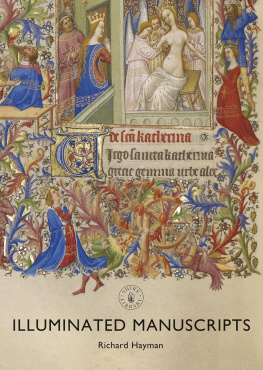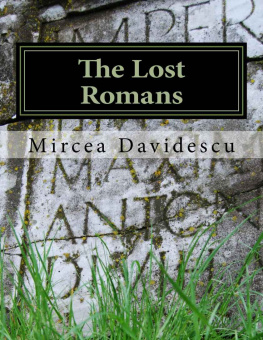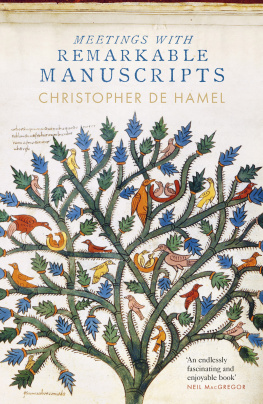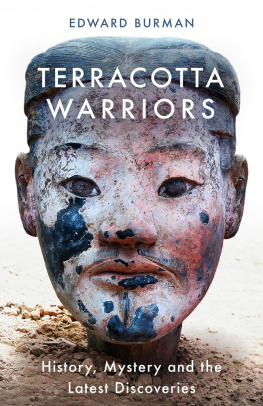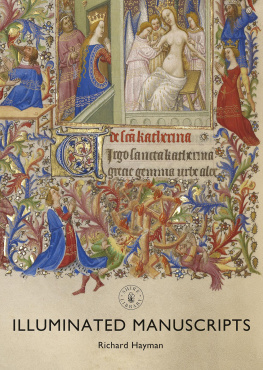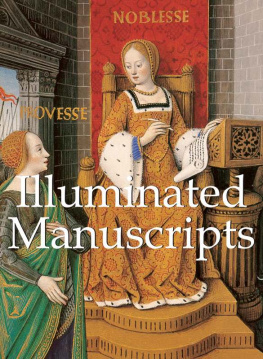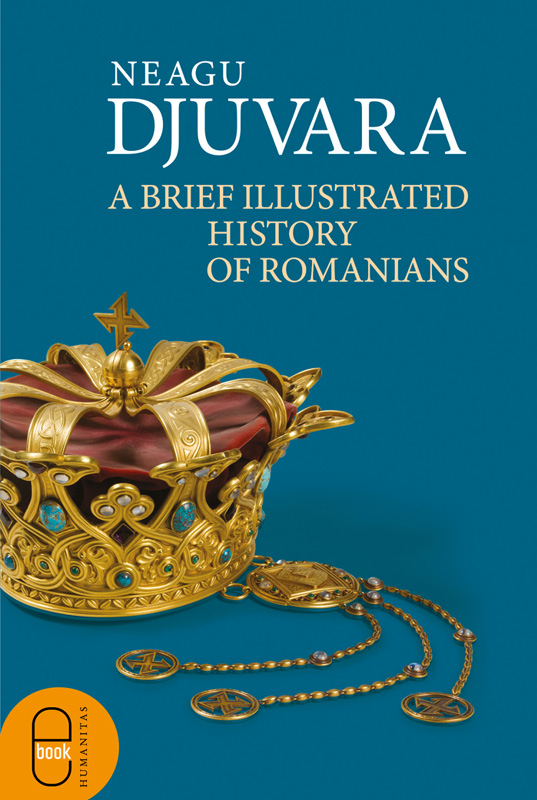
Neagu M. Djuvara was born in 1916 in Bucharest to a family of Aromanian descent that settled there in the late 18 th century and gave Romania several notable figures. He obtained a degree in history from the Sorbonne (1937) and became a doctor of law (Paris, 1940). Between June and November 1941, he took part in the Romanian armys campaign in Bessarabia and Transnistria, and was wounded close to Odessa. Admitted to the Ministry of Foreign Affairs in 1943, he was sent to Stockholm on a diplomatic mission related to the peace negotiations with the USSR on the morning of 23 August 1944, hours before Romania changed sides in the WW2. He worked as a legation secretary in the Swedish capital until September 1947, when the Communists took control of Romanian diplomacy. Djuvara chose to remain in exile, where he was active in various diaspora organisations. In 1961, he left for the Republic of Niger, where he would work for the next 23 years as a diplomatic and legal advisor to the countrys Foreign Affairs ministry, while also teaching international law and the history of economics at the University of Niamey. In 1972, he obtained a state doctorate from the Sorbonne with a thesis on the philosophy of history, under the supervision of philosopher Raymond Aron; this was followed by a degree in philology from INALCO (Paris). From 1984 to 1990 he served as the secretary general of the Casa Romneasc cultural association in Paris. Following the fall of communism in Romania, he returned home and became an honorary member of the A.D. Xenopol Institute of History in Iai and the N. Iorga Institute of History in Bucharest.
His major works include: On Romanian Nationality Law (doctoral thesis); Civilisations and Historical Patterns. A Comparative Study of Civilisations (recipient of a French Academy prize); Between East and West. The Romanian Principalities at the Beginning of the Modern Age; A Brief History of Romanians; The Genesis of the Romanian People; Mircea the Elder and His Wars Against the Turks; From Vlad the Impaler to Dracula the Vampire; The Journal of Georges Milesco (autobiographical novel); Somewhat Irreverent Memoirs and Stories; BucharestParisNiamey and Return orMemoirs of 42 Years in Exile (1948-1990); Is There Such a Thing as True History?; Thocomerius Negru-Vod. A Voivode of Cuman Descent and the Beginnings of Wallachia; The Seventy-Seven Years War (1914-1991) and the Premises of American Hegemony. An Essay in Political Science; Who Were Wallachias Great Boyars? The Grditeanu Family Saga (16th-20 th Century); A Reply to My Critics and the Foes of Negru-Vod; The Mystery of the Stockholm Telegram of 23 August 1944 and Several Incredible Details Regarding Our Capitulation.
Cover illustration: The gold crown of Queen Marie of Romania
Cover foto: Marius Amarie / MNIR
Translation by Cristian Anton
Humanitas, 2016
978-973-50-5381-9 (epub)
This book features photographs by Marius Amarie that were kindly offered by the National History Museum of Romania (17 and 41 Gepidic artefacts from Apahida; 24 and 39 Artefacts from the Pietroasele hoard; 35 Inscribed 9 th century ceramic vessel; 316 Sword of King Carol I; 322 Sword of Edhem Pasha; 327 The Steel Crown of Romania) as well as photographs offered by the National History Museum of Transylvania (4 Dacian silver fibula and a bronze sword discovered at Beneti). Humanitas would like to thank the two institutions for their support. We have also used images of charters and seals found in the National Historical Archives and photographs from the online archive of communism in Romania (IICCR).
Muzeul Naional
de Istorie a Romniei
www.mnir.ro
Muzeul Naional
de Istorie a Transilvaniei
www.mnit.ro
HUMANITAS PUBLISHING HOUSE
Piaa Presei Libere 1, 013701 Bucureti, Romnia
tel. 021/408 83 50, fax 021/408 83 51
www.humanitas.ro
Online bookstore: www.libhumanitas.ro
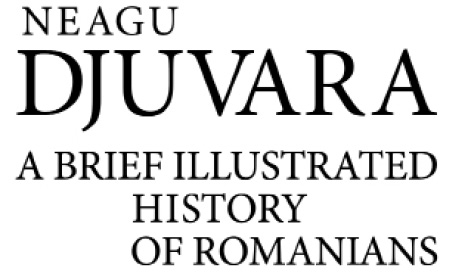
FOREWORD
This book is not an ordinary history book; it is not a textbook, and it does not profess to replace school textbooks. The idea for it came to me a few years ago, when Mrs Irina Nicolau, a specialist in ethnology and oral history, voiced her exasperation about the fact that our school textbooks even after the revolution of December 1989 were continuing to disseminate the same version of history, intentionally deformed over the past decades, and written in the same pretentious, dead language of officialdom, dressed up to disguise the poverty of thought and often the absence of any real meaning. It was she who persuaded me to summarise our countrys past in the simplest and most fluent manner on audio tapes for todays younger generation. The present title is the transcription of those recordings, purged of the errors inherent to improvised speech and complemented where it seemed to me that the misgivings were too obvious within limits, of course. I therefore let the story flow, free of interruptions, explanatory notes and citations in short, avoiding the style which scholars call academic to make it comprehensible to all, from history enthusiasts to those who have chosen to remain indifferent to our past.
It is a very abridged story; for example, I did not list the names of all the voivodes (or princes) who were fighting for the throne during the 15 th or 16 th century, nor those of the Phanariote princes replaced by the sultan in Constantinople once every two or three years (when they were not beheaded or hanged at his orders) throughout the 18 th century. It should not be mistaken for a work of vulgarisation. I am not fond of the word vulgar used as a derogatory term, which would suggest that the story is not only simple, but also simplistic or puerile.
The reader will quickly realise that, under the guise of light storytelling, I had the audacity to tackle the most delicate and controversial issues in our history, under the assumption that the high school student too has an adult mind, instead of a fragile one that should be spared and offered a sweetened, rosy image of our past. Nothing serves our country better than knowing (or acknowledging) the truth, as much of it as we mortals can perceive as God alone knows the whole truth. For that reason, do not be surprised if I sometimes happen to say some authors believe that... or I believe that... etc.
It is often said that one must be objective in searching for the truth. I am not fond of this word either: if you look it up in a dictionary, you will find that objective used to mean outside consciousness and therefore, logically, can only be applied to the study of inanimate objects. Yet historians primarily deal with people individuals or groups, therefore subjects, not objects, and in order to understand these subjects they too have to be subjective. They will be trying very hard to relate with various mentalities and opinions, one after the other, some of them contradictory (individual, national, religious, doctrinal etc.). Their impartiality can only stem from a succession of partialities, constructed as honestly as possible. If we proceed in this manner, not only will we not be able to pursue an alleged national agenda in describing and explaining the past, but we will not be tempted to hide some facts or manipulate others in the name of this false patriotism, under the pretext that we must respond to the fabrications of our Hungarian, Bulgarian, Greek or Russian neighbours, and of others.
Next page


